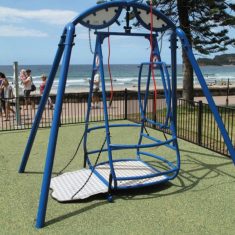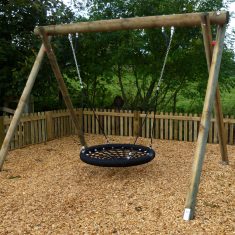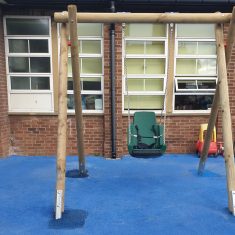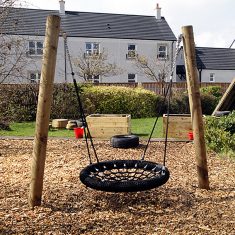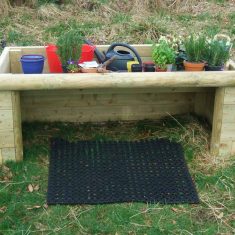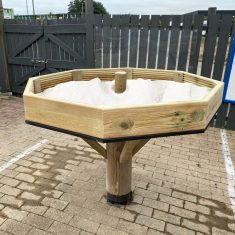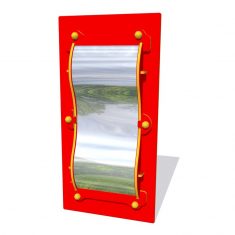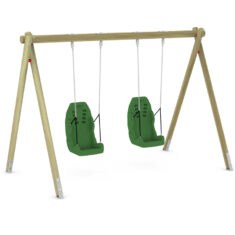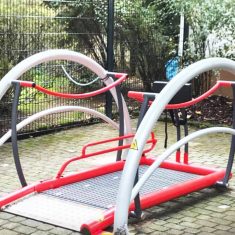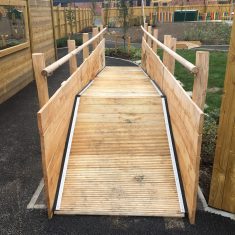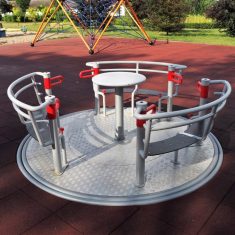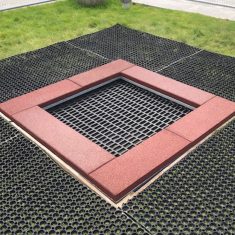Inclusive Play for all
Let us help you navigate this area of play provision and help you, in turn, help others to be able to enjoy outdoor play at it’s best.
Take a look at our selection of inclusive products below or read on to find out more detailed information to help you plan your outdoor space to make is suitable for all.
Or if you’re interested in finding out a bit more about Garden Play for Children with Special Educational Needs and Disabilities (SEND) click here.
New Product – Sensory Light Tunnel
For children and adults with special educational needs, sensory play can be a vital part of their daily routine, and as such our Sensory Light Tunnel offers a valuable addition to any outdoor play area wishing to deliver those sensory experiences.
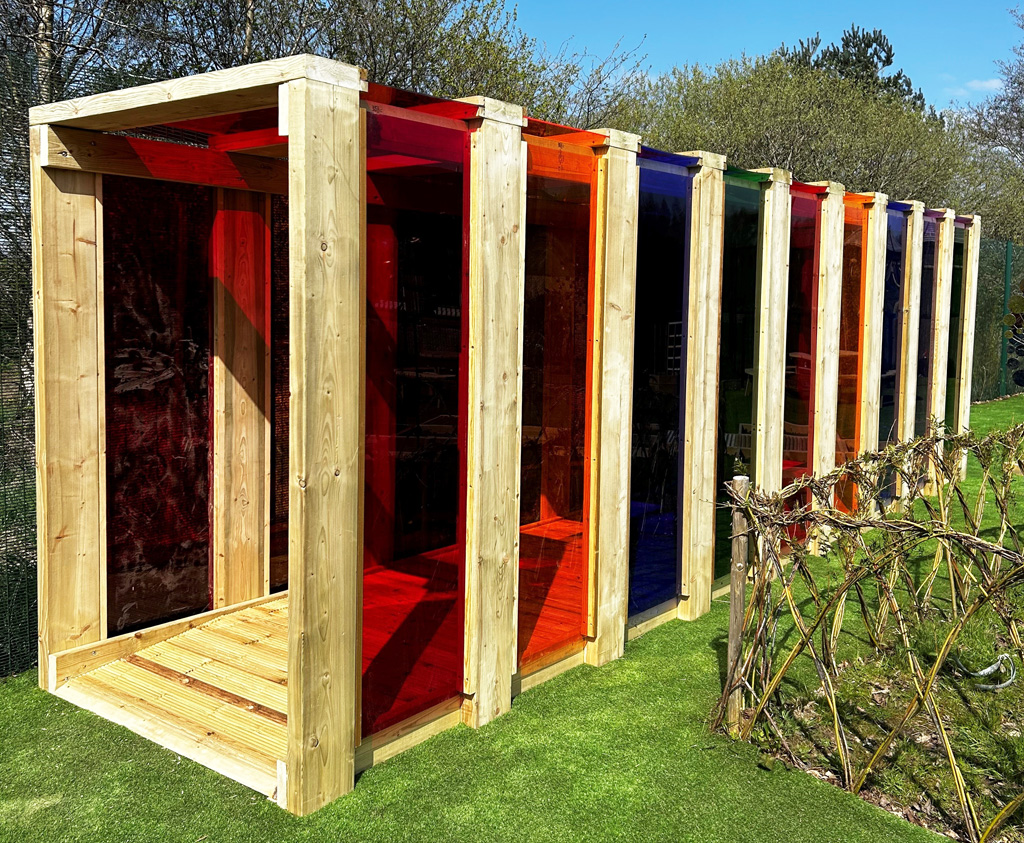
Sizes and prices vary subject to the available outdoor space and other specific requirements.
Contact the office on 01577 840 570 to find out more or alternatively email sales@caledoniaplay.com and we will get back to you with the cost of various options.
What is meant by inclusive play?
Many children are not able to use conventional outdoor play equipment not just because they have physical and sensory limitations but also because they mentally find it a bit more challenging than other children to cope with various aspects of the play park.
There are four categories of children with special educational needs and disabilities (SEND)
- Communication and interaction.
- Cognition and learning.
- Social, emotional and mental health difficulties.
- Sensory and/or physical needs.
Many children will have very complex additional support needs whilst others will have invisible issues that only the carer or parent will be aware of. With a bit of extra planning and care their play park experience can be transformed into something quite magical and memorable.
Here are some extra things that you can do to make the playground more inclusive for all.
Fence your playground
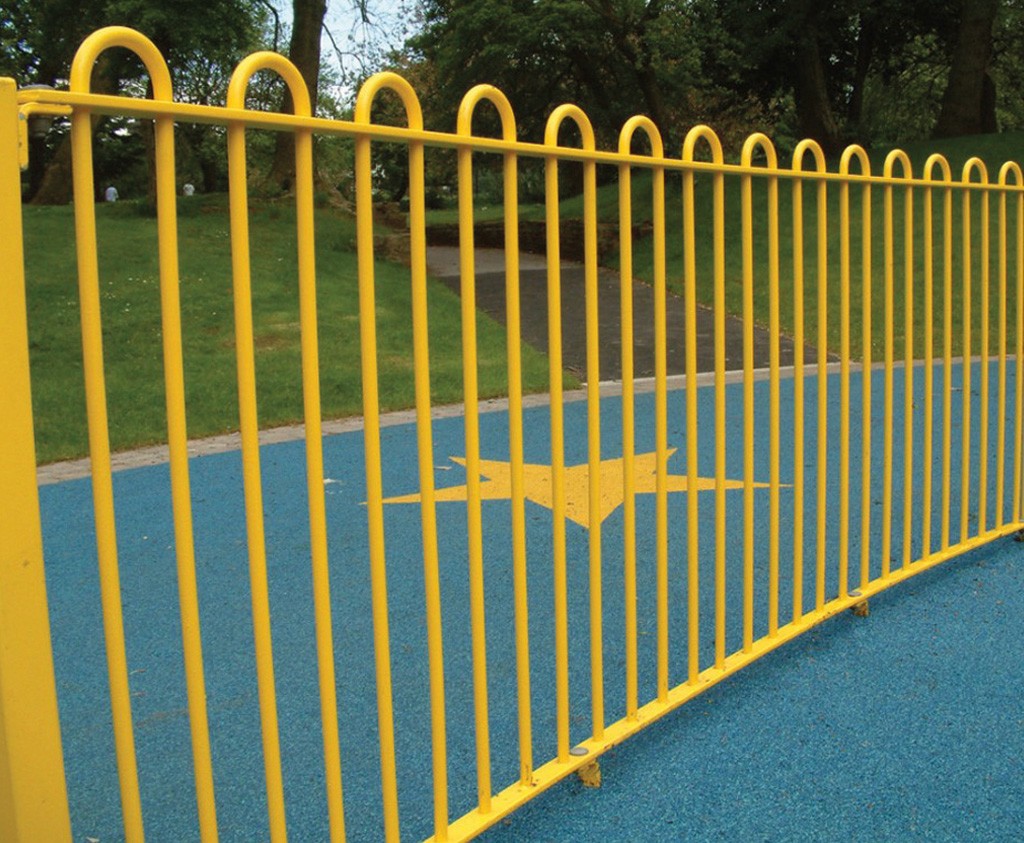
A large percentage of children with Autism spectrum disorder (ASD) attempt to run away from a safe environment and this can be one of the most stressful aspects of ASD behaviours for families to deal with. As a result of this many families who are raising a child with autism won’t go to a playground unless it has a fence.
Surround the playground with a path
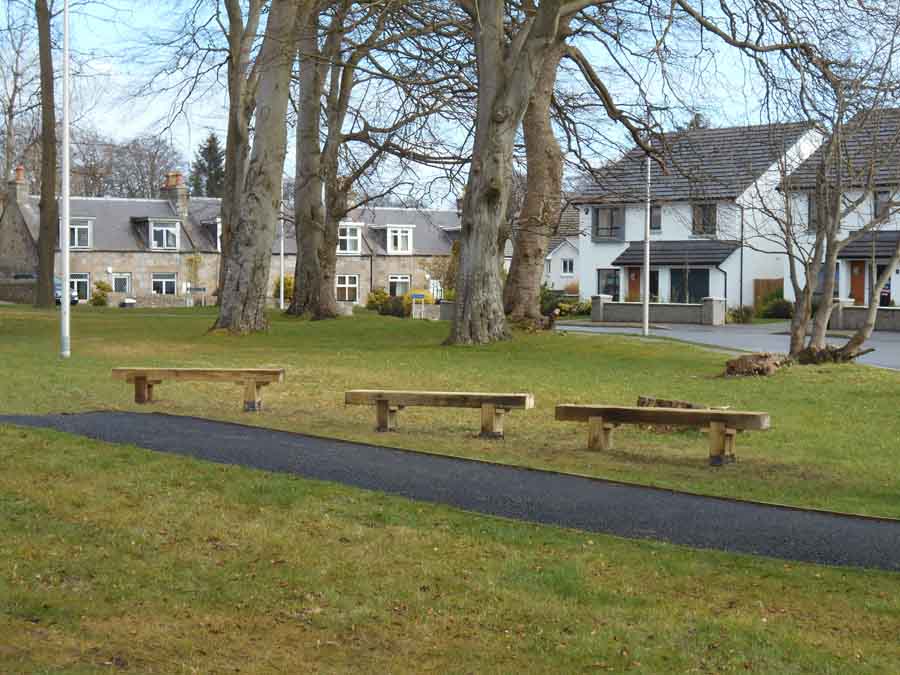
A path or two around the entire play area gives children the chance to navigate around the entire playground and see what’s happening. Where are the quiet spots? Where is it the noisiest? What is my favourite thing to do first? Once they have had a chance to see the entire play area they can then decide where they will feel most comfortable playing. This will differ on the next visit depending on what is going on and who else is there. After playing, the path will help them to access the next section of the play park to enjoy. Pathways must be at least 1.2m wide.
Consider including a hand rail along the path so that those children with visual impairments may move around the play space independently.
Make the playground sensory-rich
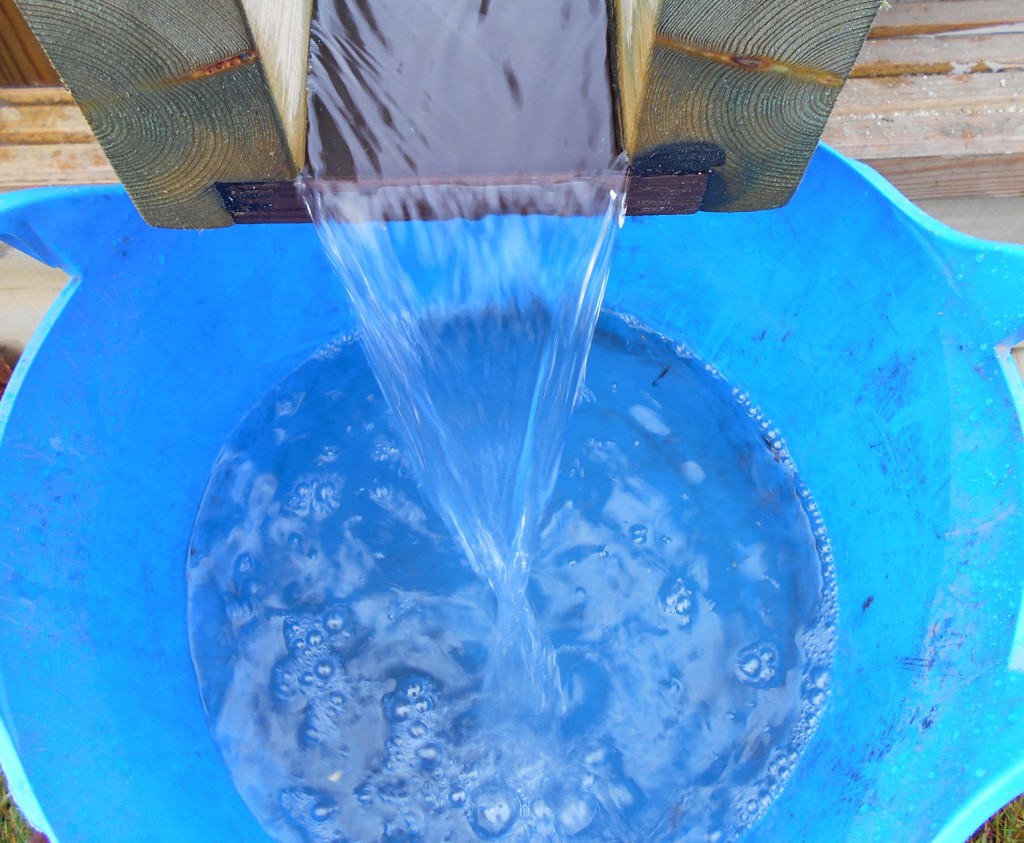
By adding many different textures, sounds, and things to look at it becomes easy to create a sensory-rich playground rather than just focusing on physical movement.
Provide quiet spaces

To help children who might get overwhelmed in a busy playground, consider providing a quiet space somewhere. Children also particularly enjoy being up high – it could be as simple as a raised deck with wheelchair access.
Include many balancing activities

Children with autism often have trouble with balance. Provide a wide range of balancing challenges so they can increase their skill level whilst having fun.
Consider safety surfacing
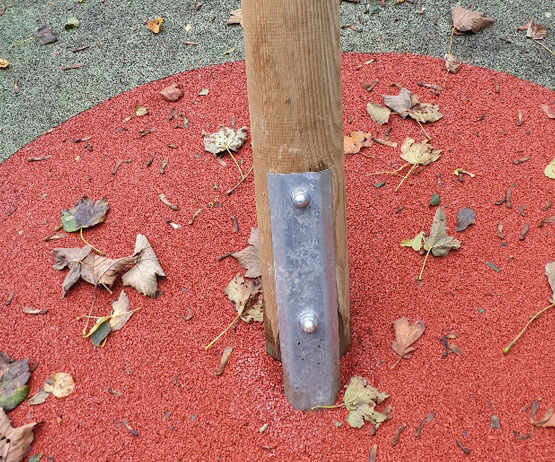
A smooth flat surface is easier for someone with balancing issues to manage. Parents have also reported that they don’t like to go to the playgrounds with woodchip surfacing as their children sometimes play with it and often put it in their mouths. Consider using wetpour or grass as alternative surfacing options. Bonded rubber surfacing is nice and easy for wheelchairs to move across and comes in a range of vibrant colours making it more visually appealing for children with visual impairments. Similarly the surfacing can also be used in subdued colours in quiet spaces for those who find bright colours too stimulating.
Litter and glass is also easy to spot on bonded rubber surfacing.
Provide a variety of social interaction opportunities
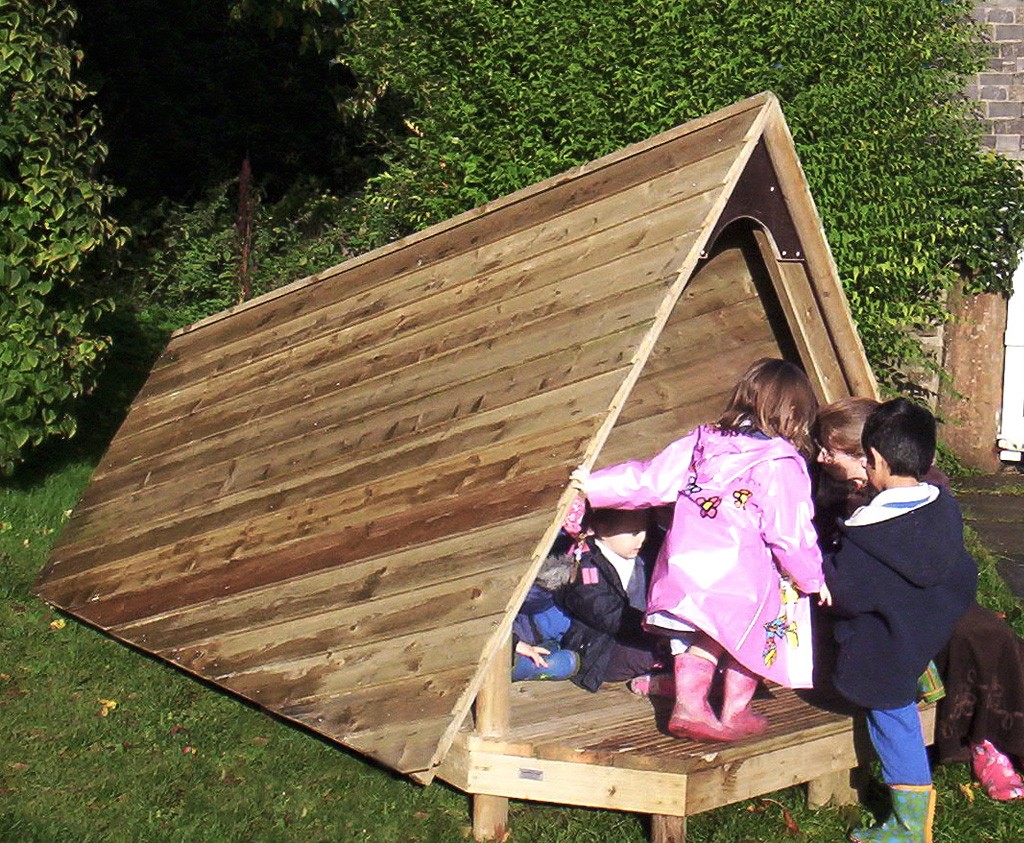
Children with autism may be anywhere on Parten’s stages of play when playing. Some may only be interested in on-looker play, while others want to play alone or side-by-side with other children. The highest stage of social play is cooperative play, which is often more difficult for children with autism. By ensuring there are places for all these types of play, from solitary play to parallel play to cooperative play, we’re meeting the child where they are.
Make an information sign
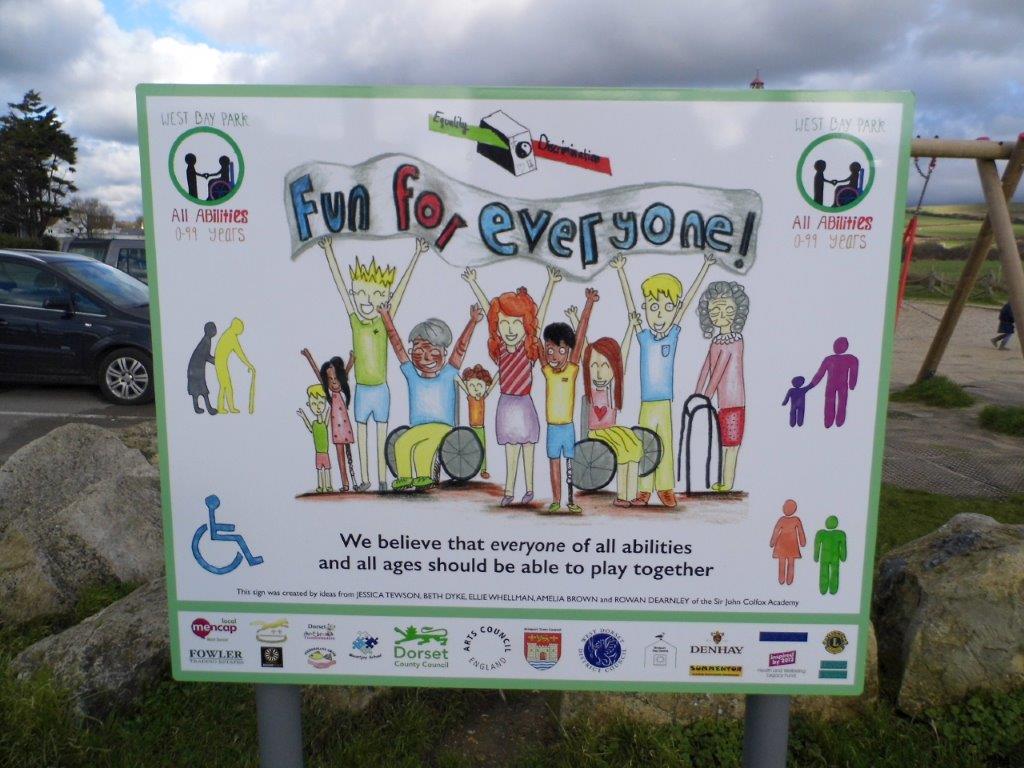
A well designed sign at the entrance of the park will allow supervisors to assess the suitability of the items for children with different abilities. Children with autism don’t like surprises. By providing signage at the play park they are able to see what they will expect to find before going in to play.
Seating
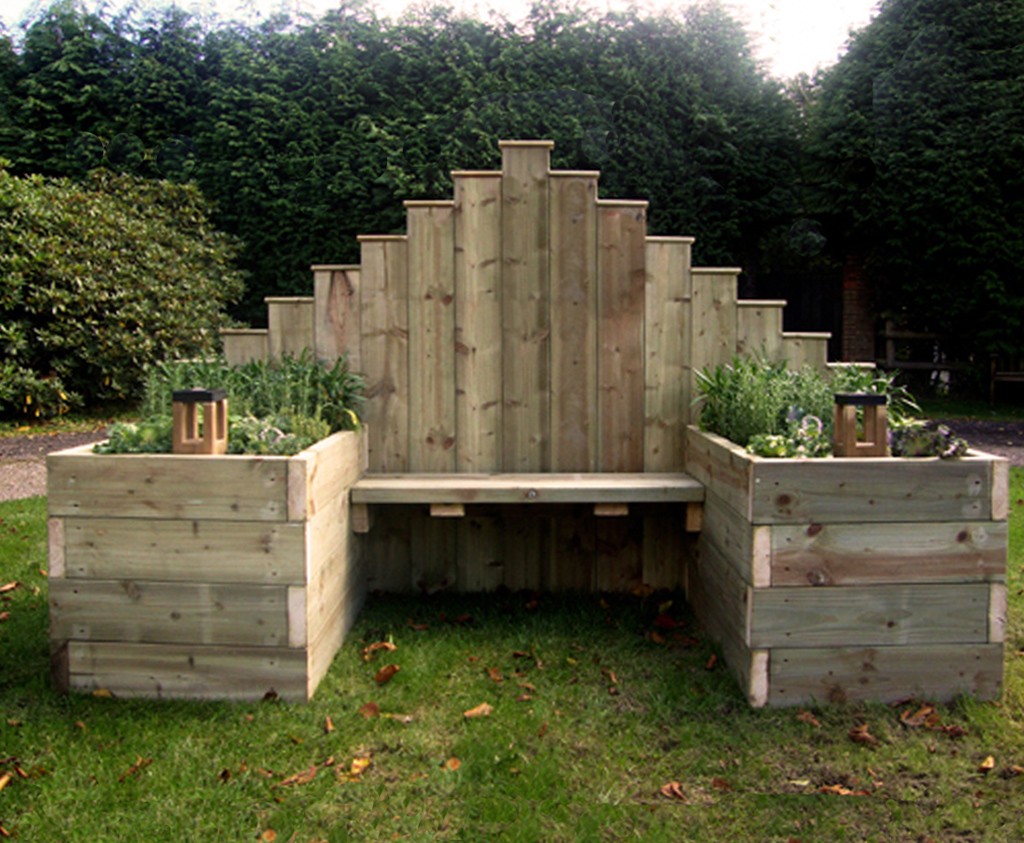
Seating is important for resting and for children who benefit from isolated play. Space any seating out and consider using plants to form a natural screen to form a partially enclosed section that is still open to view by adults.
So plan your play area to be fully inclusive and make everybody smile !
For more information please email info@caledoniaplay.com
Constructionline Accreditation

We are proud to have been approved as a provider of services at the Construction Line, Silver standard.
Membership of the platform simplifies and speeds up supplier searches, validation and purchasing decision processes considerably, therefore improving resource and cost efficiency.
Sources:GOV.UK BB 104 Area guidelines for SEND / www.rospa.com/play-safety/Advice/ EN1176-Equipment-Standard / www.stjohnsrc.org.uk / www.goodschoolsguide.co.uk / www.inclusiveplay.com/www.ninds.nih.gov



